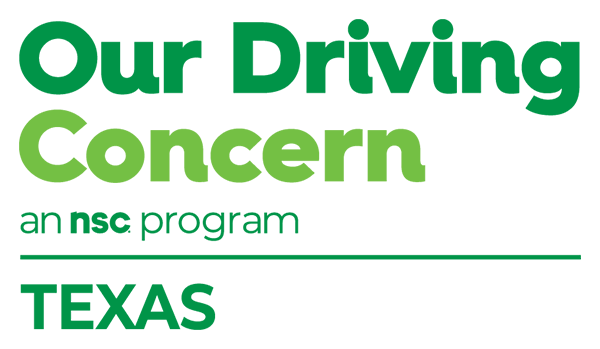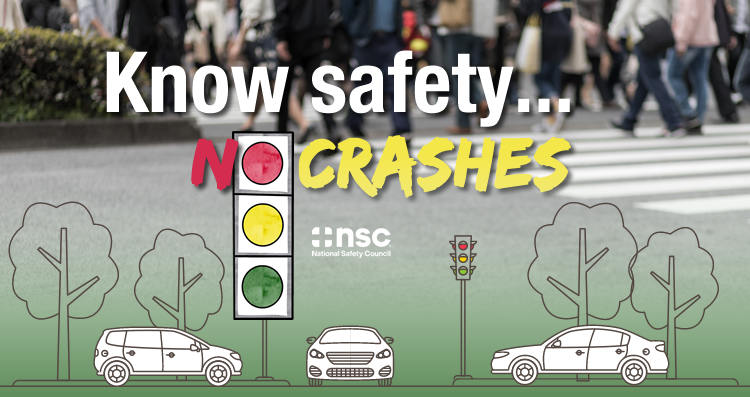Behind the wheel, drivers do some crazy things. You have heard the stories of people applying mascara, painting their nails, brushing their teeth or reading a book while driving, right? They’re so crazy you want to laugh and dismiss them out of hand.
Yet, we know in the hustle-and-bustle of today’s fast-paced world we have raised expectations for people to be available nearly 24/7. In some cases, the need for constant connectivity leads to a sacrifice in safety. Drivers take chances that put themselves and others on the road at risk – crazy chances I am not willing to take.
Whether you’re preoccupied taking selfies or using a phone to order takeout food, you’re not fully engaged in driving. Your mind is elsewhere. When you’re fiddling with your vehicle’s touchscreen controls, your eyes are not always on the road. When you’re reaching for an object on the passenger seat, your hands are not on the wheel.
In these moments, no matter how fleeting, you’re distracted. We know distraction leads to driver error. Driver error leads to crashes. On a typical day in the U.S., more than 700 people are injured in distracted driving crashes. Let’s join forces during Distracted Driving Awareness Month in April to keep each other safe.
Drivers talking on hands-free and handheld phones can miss seeing up to 50% of what is in their driving environment, including other drivers, pedestrians and bicyclists. Driving and talking on a phone are both thinking tasks. Contrary to popular belief, your brain can only handle one thinking task at a time.
There is no such thing as multitasking. Instead, your brain quickly toggles back-and-forth from one thinking task to another. When driving, this can slow your reaction time and prevent you from stopping on time during a sudden-change incident.
Employers continue to lead the fight to end distracted driving. Many have established policies that ban employee cellphone use when driving. Do you have a policy at your workplace? If not, feel free to make use of our free template. This sample safe driving policy addresses aggressive driving, distracted driving, impaired driving and seat belt use.
Safety needs to lead. Be sure to let your coworkers, friends and relatives know:
- They are not expected to make calls when driving
- Nor are they expected to answer calls when driving
Slow down. Establish a culture of safety that includes work-life balance goals:
- Distinguish between work time and personal time
- Don’t try to be all things to all people at all times
When you get behind the wheel, just drive. Silence your phone, set your GPS device and pick a music playlist before your departure. When you emphasize safety training at work, the safety message often is carried home and touches employee family members. This cascading effect can positively impact your bottom line through items such as lower costs for insurance premiums.
There is no need – nor explanation – for some of the crazy driver behaviors we see and hear about now. There is a need for crazy-thinking people who are determined to change the world for good. Join me in driving safe, 24 hours a day, 365 days a year.
– Lisa Robinson is a senior program manager with the National Safety Council



